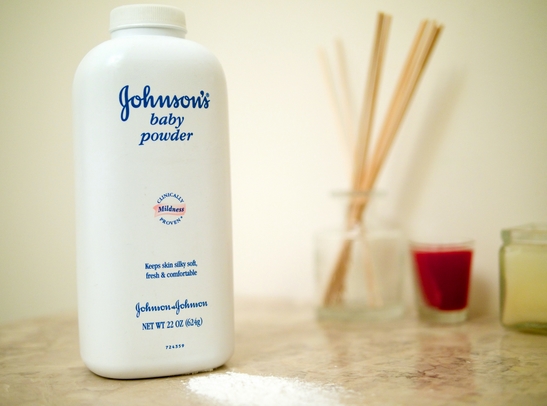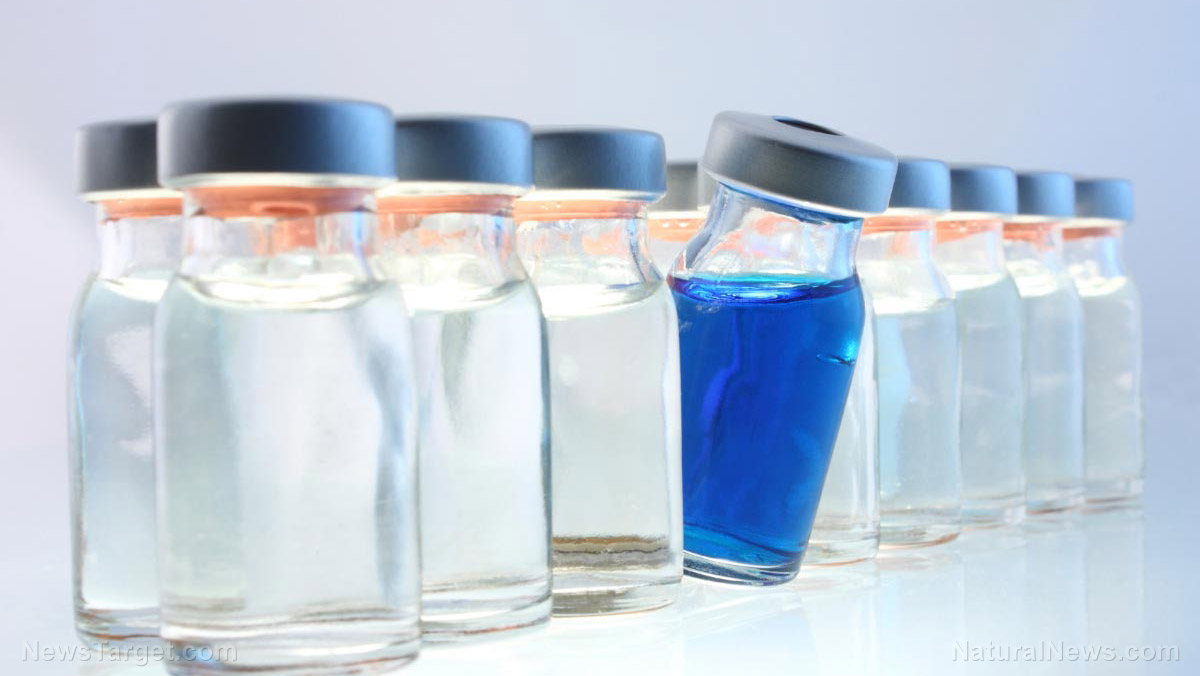
Talcum products linked to ovarian cancer
Johnson & Johnson faces thousands of lawsuits from women who claim that asbestos in their talcum products, which the company stopped selling in the U.S. and Canada in May 2020, caused their ovarian cancer. Talc, the mineral from which talcum powder is made, is mined close to asbestos, a natural mineral and cancer-causing substance. It is known to cause lung cancer when inhaled. Because talc and asbestos are mined and occur close together in the ground, asbestos contamination is a known production problem among companies that produce talc-based products. This is why it's important to carefully select talc mining sites and to test the ores sufficiently, the U.S. Food and Drug Administration (FDA) said in a note on talc safety. However, Johnson & Johnson has denied that its talc-based products were tainted with asbestos. The company insists that the talc it uses is of high purity and is "only mined from select deposits in certified locations before being milled into relatively large, non-respirable-sized particles." The company also said that the talc used in its talcum powder products is considered safe for use in cosmetic and personal care products around the world. Furthermore, Johnson & Johnson argued that some of the women involved in the lawsuits had family histories of cancer while others did not. Lumping all cases together blurred legal distinctions separate to each claim. Plus, because the laws of 12 states were involved, the judge took more than five hours to give the jury instructions before the deliberations began. Overall, the company said it did not get a fair trial. But fair or not, it cannot be denied that some Johnson & Johnson talc-based talcum powder products were indeed contaminated with asbestos. Last March, the FDA released the results of a year-long study that evaluated talc-based cosmetic products for asbestos contamination. Nine of the 52 samples tested positive. The FDA notified the public of the products that contained asbestos. The agency also worked with affected companies on product recalls. Johnson & Johnson was among the companies that had to recall some of its talc-based products. (Related: Johnson & Johnson to face CRIMINAL investigation over asbestos talc scandal.) In its recall notice, Johnson & Johnson acknowledged that the FDA found "sub-trace levels" of asbestos in samples from a single bottle purchased from an online retailer. However, the company insisted that it had rigorous testing standards in place to ensure that the talc it uses for its cosmetic products is safe. The company also said that thousands of tests over the past 40 years repeatedly confirm that its consumer talc-based products do not contain asbestos. In a statement, Johnson & Johnson said unresolved legal issues will continue to be litigated. It also said that matters before the court are related to legal procedure, not safety. Learn more about the link between talc-based talcum powder products and cancer at Ingredients.news. Sources include: TheEpochTimes.com FDA.gov 1 FDA.gov 2Poor nutrition makes children more prone to diseases
By Brocky Wilson // Share
A recipe for disaster: Study reveals most restaurant meals have little “of poor nutritional quality”
By Brocky Wilson // Share
Same power-hungry Democrats who claim voter ID is “racist” are demanding a VACCINE ID
By Ethan Huff // Share
By S.D. Wells // Share
Post-vaccine wave? Mexico City tightens lockdown after coronavirus cases surge
By Arsenio Toledo // Share
Putin deploys Oreshnik hypersonic missiles to Belarus, escalating NATO tensions
By kevinhughes // Share
U.S. escalates maritime war on narco-terrorism, killing eight in latest Pacific strikes
By patricklewis // Share
How forced immunizations, fraudulent science and corporate greed have endangered public health
By patricklewis // Share
Blood pressure pills RECALLED due to manufacturing mix-up
By oliviacook // Share











